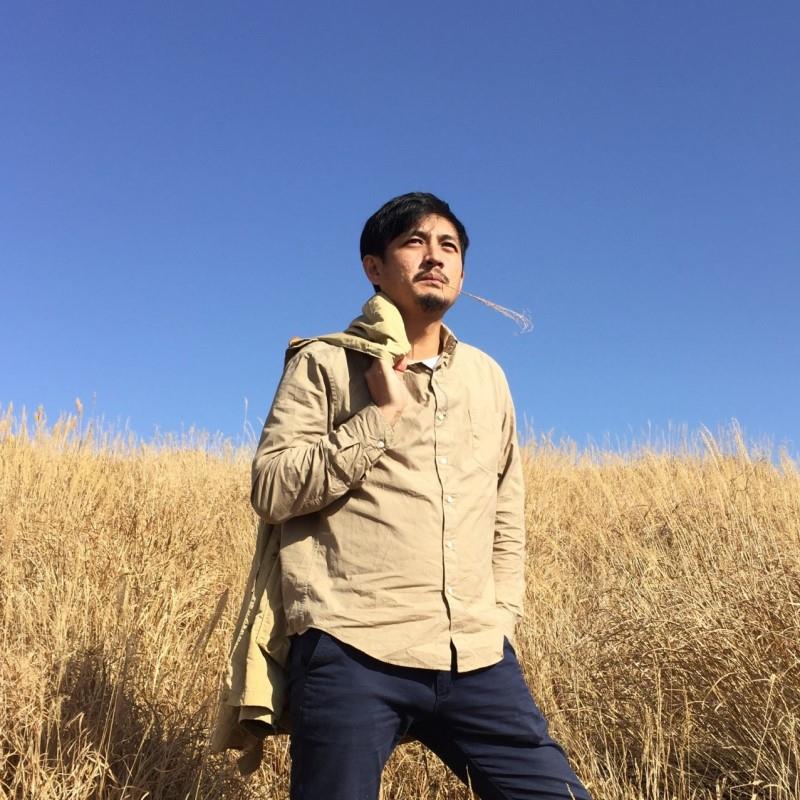人物簡介
陳豪毅
Haoyi Chen (Akac Orat)
南王卑南族人。從研究所開始進入策展和評論的學習,並在其間創立的乒乓藝術工作室,策畫過多檔實驗性展覽:《標誌聯盟》、《錄像雜技隊》、《活彈藥》等,其策劃的展覽除了關注美學與當代藝術現況之議題,也在每次展覽多樣地融入職人、素人甚至是發展新的角色關係,在藝術與現實生活交疊的面相上突破新的場域,並常在展覽中創造事件性的計畫與活動,試圖以展覽來表演其論述。
並曾於台東任教六年,面對同是原住民的孩子,體會到傳統學科領域無法符應他們的學習興趣,因而花了許多時間和學生們一起合作、策劃展覽,除了開發多樣跨領域教學案例,亦帶領孩童學習原住民傳統技藝。近年來亦投身於藤編工藝的田調,和多位耆老長時間沈浸式的學習,並堅持自己採、自己剖、自己削,因為所有的技法都可以用影像記錄起來,唯有山林材料的認識與處理經驗是無法複製的。
並曾於台東任教六年,面對同是原住民的孩子,體會到傳統學科領域無法符應他們的學習興趣,因而花了許多時間和學生們一起合作、策劃展覽,除了開發多樣跨領域教學案例,亦帶領孩童學習原住民傳統技藝。近年來亦投身於藤編工藝的田調,和多位耆老長時間沈浸式的學習,並堅持自己採、自己剖、自己削,因為所有的技法都可以用影像記錄起來,唯有山林材料的認識與處理經驗是無法複製的。
Haoyi Chen (Akac Orat)
Taiwanes Puyuma in Beinan, started his curating practice and art critic during the graduated school of Taipei University of Art. He co-founded PingPong ArtSpace and has curated several experimental exhibition including Tag Alley; Unconditioned Miscellaneum; Live Ammo (Taipei Moca). In addition to paying attention to issues related to the aesthetics and contemporary art, He also develop new relationship with artisans and amateurs in his exhibitions which break through new fields by overlapping art and reality life. He often creates eventual projects and activities in attempt to realized his statement.
He taught in Taitung for six years. In the face of children who are also indigenous, he realized that the traditional rigid subjects could not meet their learning interests. Therefore, he spent a lot of time working with students and planning exhibitions together. He develops diverse cross-cutting teaching cases and also leads children to learn the traditional indigenous skills and culture. In recent years, he immerses himself into the field research of rattan craftsmanship and learning from the elders. He insist on starting from scratch including collecting, cutting, and weaving by himself, because all techniques can be recorded with images, only the knowledge and physical experience of mountain materials cannot be copied.
He taught in Taitung for six years. In the face of children who are also indigenous, he realized that the traditional rigid subjects could not meet their learning interests. Therefore, he spent a lot of time working with students and planning exhibitions together. He develops diverse cross-cutting teaching cases and also leads children to learn the traditional indigenous skills and culture. In recent years, he immerses himself into the field research of rattan craftsmanship and learning from the elders. He insist on starting from scratch including collecting, cutting, and weaving by himself, because all techniques can be recorded with images, only the knowledge and physical experience of mountain materials cannot be copied.

